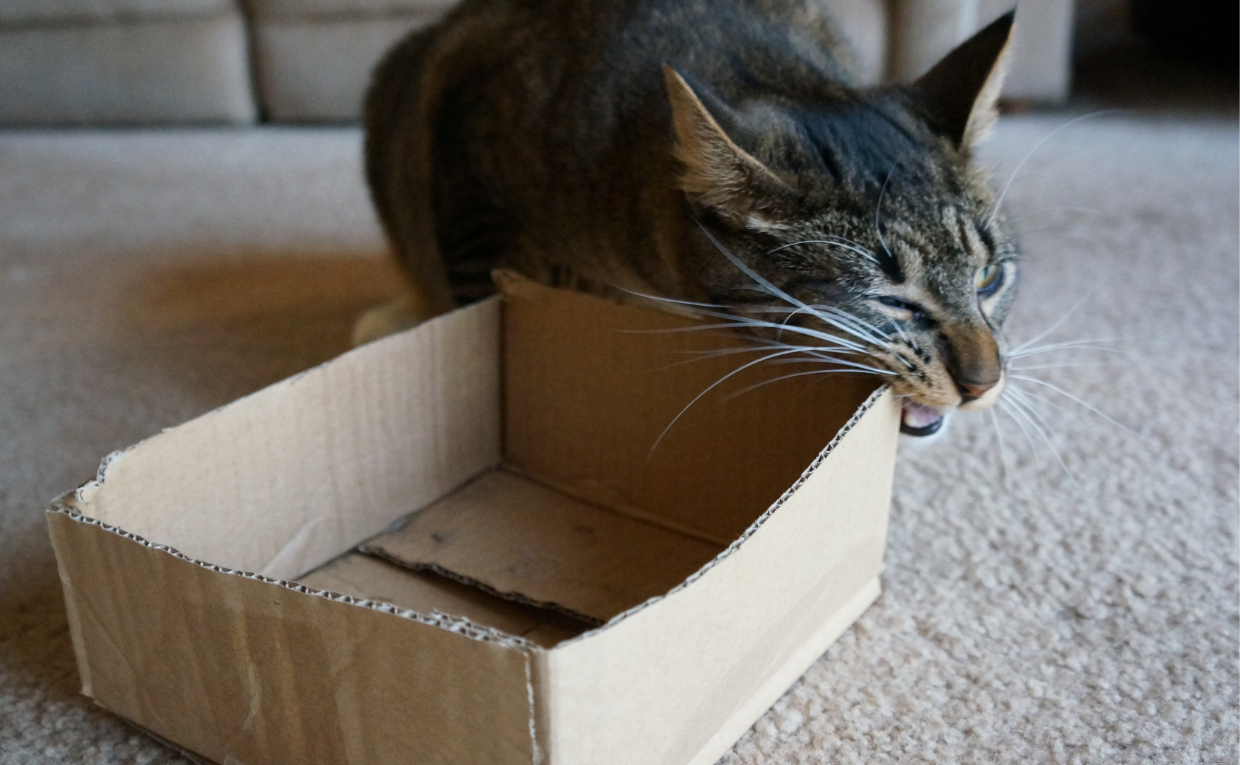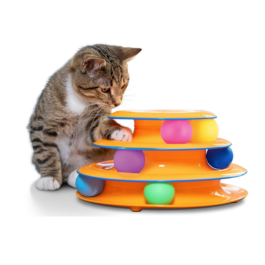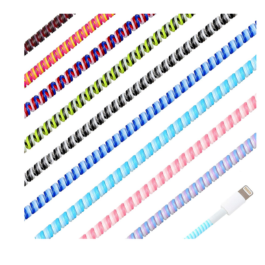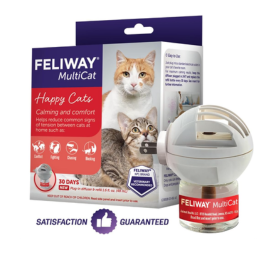If your cat has turned into a tiny chewing machine — nibbling on cords, plants, or even your favorite headphones — you’re not alone. While chewing is often associated with dogs, many cat parents are surprised to find their feline companions doing the same. Understanding why your cat chews and how to manage it safely can protect both your pet and your home.
Why Do Cats Chew?
1. Teething (in kittens)
Kittens start teething at around 3–6 months of age, and mild chewing helps ease gum discomfort. You may notice them chewing on toys, fingers, or furniture corners during this stage.
2. Boredom or Lack of Stimulation
Adult cats often chew simply because they’re bored. Indoor cats without enough enrichment might seek out “fun” through destructive chewing — cables, plants, or paper bags are frequent victims.
3. Stress or Anxiety
Chewing can be a coping mechanism for stress, much like humans biting nails. Environmental changes, new pets, or loneliness may lead to stress chewing.
4. Nutritional Deficiencies or Medical Conditions
Sometimes, excessive chewing can signal underlying issues such as dental pain, gum disease, or even conditions like Pica (a compulsion to eat non-food items). Always check with your vet if chewing becomes obsessive or harmful.
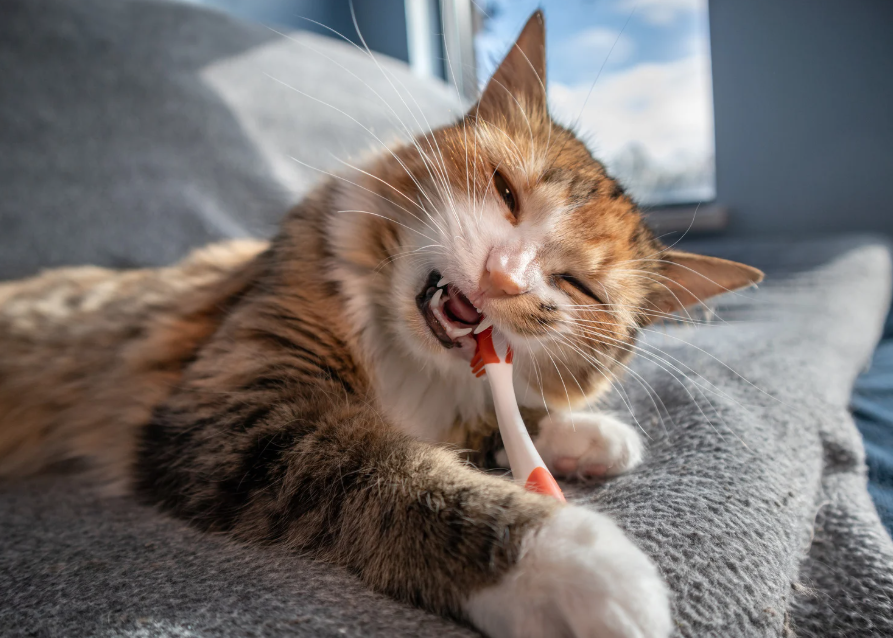
Common Things Cats Love to Chew (and Why They’re Dangerous)
- Electrical Cords – Cats may enjoy the texture or warmth, but it poses a severe risk of electric shock.
- Houseplants – Many popular plants (like lilies or pothos) are toxic to cats if ingested.
- Plastic Bags or Packaging – The smell of food residues attracts cats, but ingestion can lead to intestinal blockage.
- Fabric or Wool – This behavior is especially common in breeds like Siamese or Burmese, who may “suck” on fabric due to early weaning or anxiety.
How to Stop Your Cat from Chewing Everything
1. Redirect with Safe Chew Toys
Provide cat-safe chew toys designed to satisfy the urge without harm. Look for silicone or rubber textures that mimic cables or furniture legs.
2. Offer Enrichment and Playtime
Chewing can often be replaced with interactive play. Daily sessions with feather wands or treat puzzles reduce boredom-driven chewing.
3. Secure Cords and Cables
Bundle or hide cords behind furniture, or use protective tubing to make them inaccessible. A quick DIY or a small investment can prevent a costly vet visit.
4. Check Your Home Environment
If your cat’s chewing is anxiety-related, provide a calm, predictable space. Adding hiding spots, perches, or pheromone diffusers can help them feel secure.
5. Use Bitter Sprays or Deterrents
Apply a non-toxic deterrent spray on cords or furniture edges. Cats dislike the taste, helping them associate chewing with a negative experience.
Home Safety Reminder
Many cat parents underestimate how quickly a cat can find trouble indoors. If your feline is a curious chewer, it’s vital to evaluate your entire home setup. From toxic plants to dangling wires, there are countless hidden dangers waiting to be explored.
If you haven’t already, make sure to read our full guide on Cat Proofing Your Home — it’s packed with practical tips to make every corner safe and stress-free for your furry explorer.
You’ll learn how to secure breakable items, hide tempting cords, choose non-toxic plants, and even create safe zones for climbing and scratching. Combining these precautions with the chewing tips above gives you a holistic way to keep your cat healthy, engaged, and safe.
When to See a Vet
While mild chewing is normal, contact your vet if you notice:
- Persistent chewing of non-food items (plastic, fabric, cords)
- Drooling, bleeding gums, or foul breath (possible dental issues)
- Loss of appetite or vomiting after chewing unknown materials
- Behavioral changes such as hiding, restlessness, or aggression
Your vet can rule out medical conditions, suggest dental care, and even recommend behavioral therapy or supplements.
Final Thoughts
Chewing issues in cats aren’t just about misbehavior — they’re often your cat’s way of communicating discomfort, boredom, or anxiety. By understanding the root cause and offering safe alternatives, you can keep both your cat and your belongings protected.
The good news? Most cats respond quickly once they have proper outlets for their instincts and plenty of stimulation. With a few small changes — from cat-safe toys to home-proofing — your feline friend can live a happy, chew-free life.

